SQUEEZE MY LEMON
Rebecca, Francesco, Dylan
Narrative on feminine/masculine identity, with lemons. The book has the proportions of the polaroids that were used to photograph the lemons, but in much bigger, with a contrast between definitions opening sections of pictures with hand-written legends.
RECIPE FOR MAKING BOOKS
LOOSING CONTROL
Thomas, Elise, Bastiaan
A recipe in x steps to make a book loosing control of the layout, content, etc.
And a unique example of it. The title of the book is a list of the ingredients used to make the book.
The recipe is distributed.
64
Hélène, Pieterjan, Céline, Catherine
Book made of pieces of an image and pieces of a text, visible one by one on a page, at their original place in the entire image/text, and visible in their whole only in the memory of the reader.
WHITE BOXES
Sacha, Romy, Karen
Book on a series of pictures of voluntaries taking every day meterologic measurements at the same hour in “white boxes” all around Belgium.
(inter)related work
Remko, Rik, Nina, Ans
Collaboration between 4 authors, this book is composed of the work of the same 4 authors, using the whole surface of the pages to make the works echo one another. Book in progress, the collaboration will go on, and signature by signature it will grow through the years.

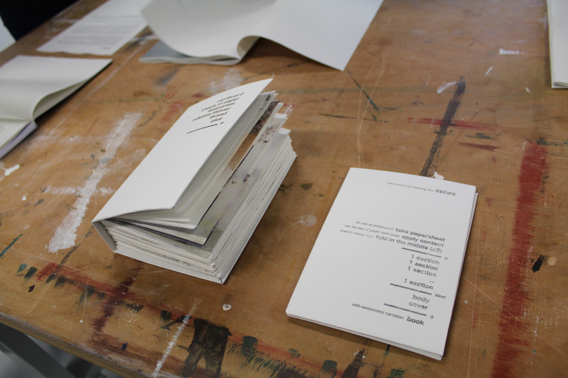
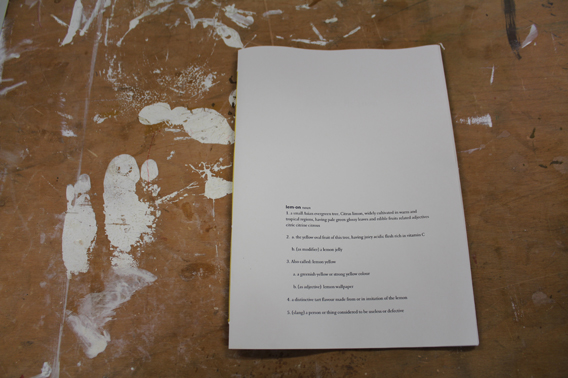
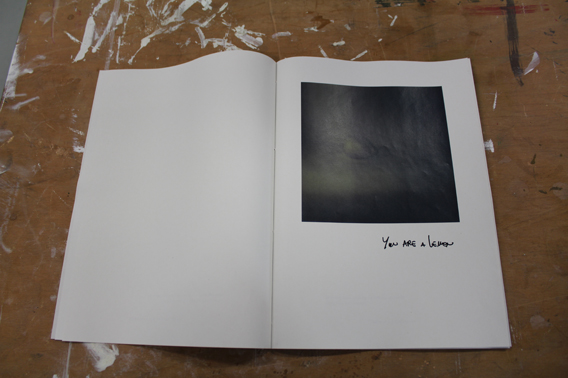
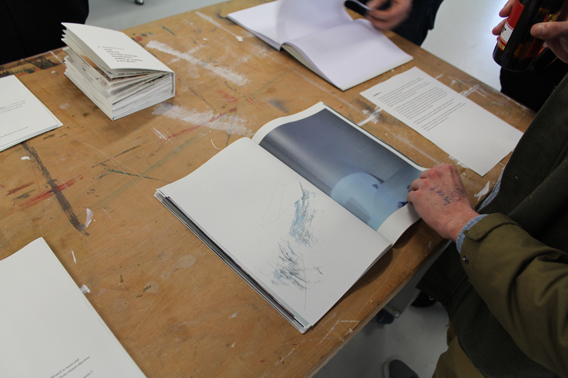
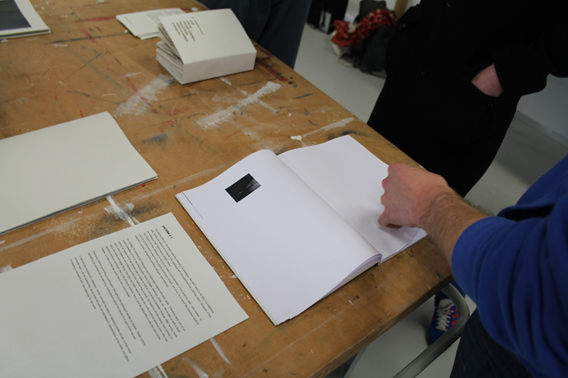
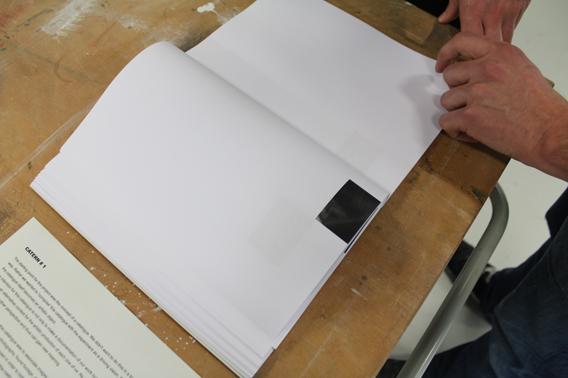
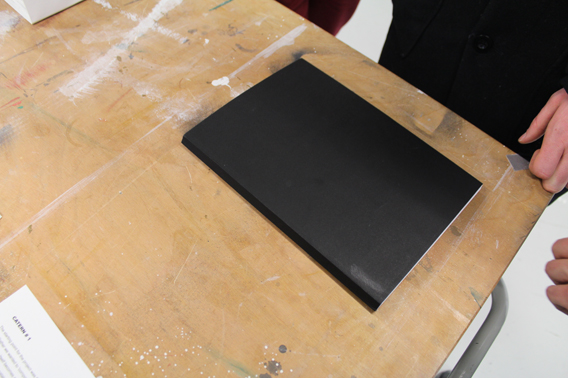
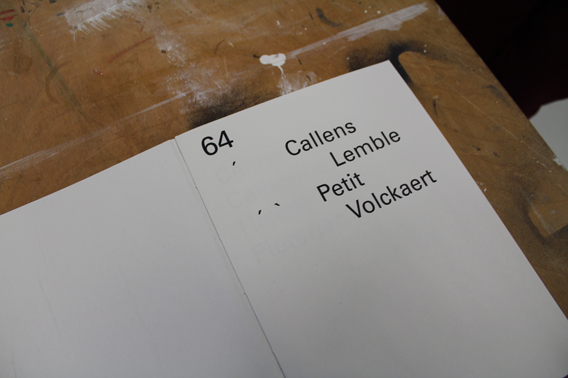

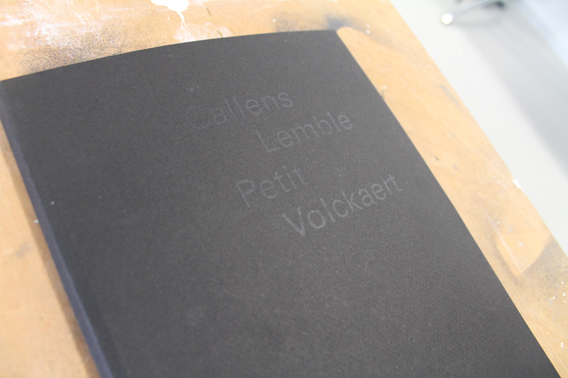
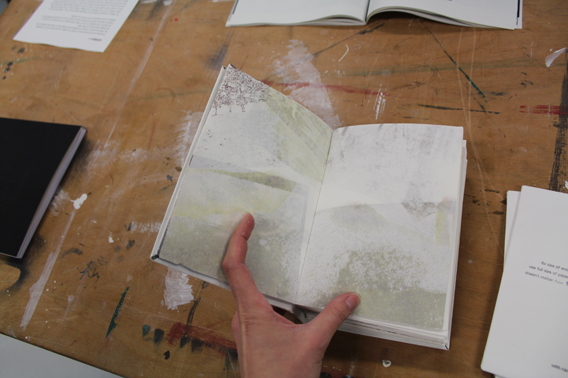
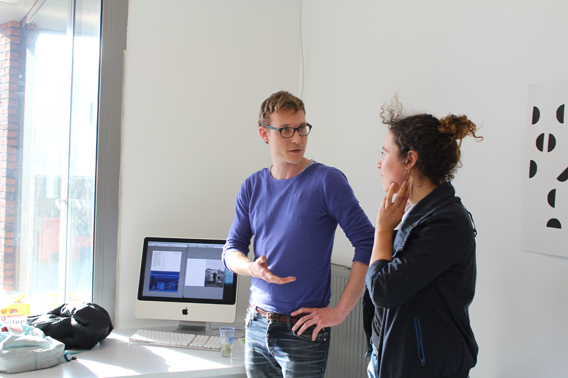
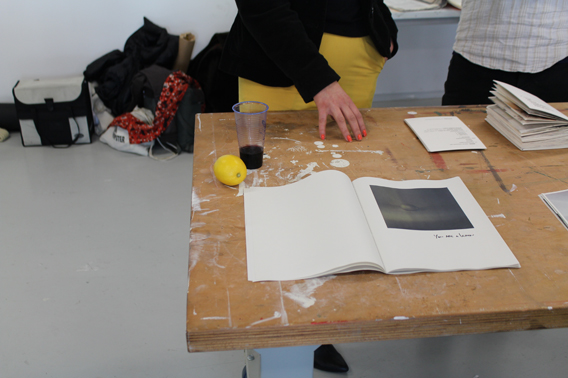
Back to the workshop page
(inter)related work
Remko, Rik, Nina, Ans
The starting point for the project was the concept of a catalogue. We didn't want to do this in a traditional way. Rather we wanted to 'compose' this catalogue with the experiment as a driving vision. Because of this the catalogue itself becomes an artistic object.
The intention for this catalogue is not only to make a documentation of our work but also - and merely - to produce an alternative context for the artistic production of each one of us. As a result the individual work is depicted in another perspective and thus can gain new meaning.
Our strategy for creating this catalogue was to associate images with each other. Therefore each one of us made a selection of his or her photographs, found footage, drawings, prints, etc. We ended up with a large amount of copies which we spread open in order to look for connections between footage. After having made some pairs however, we understood that this method has its limits, for instance all the copies were printed in black and white and page fitting. The pairs we made were the base we could continue working from. We now started to work on computer next to the physical method, due to that we were able to see the color of the images, but also so that we could resize and -crop images.
Eventually 'rythms' (providing a continuation throughout the catalogue) started to appear. These 'rythms' (appearing by coincidence as well as by manipulation) define the structure or grid of the lay-out.
In the end the concept of a catalogue - which normally focusses on depicting works (of art) in their most authentic way – can be questioned. As an artist we were not interested in reproduction of our work, but rather in creating a new world with new meanings for our work.